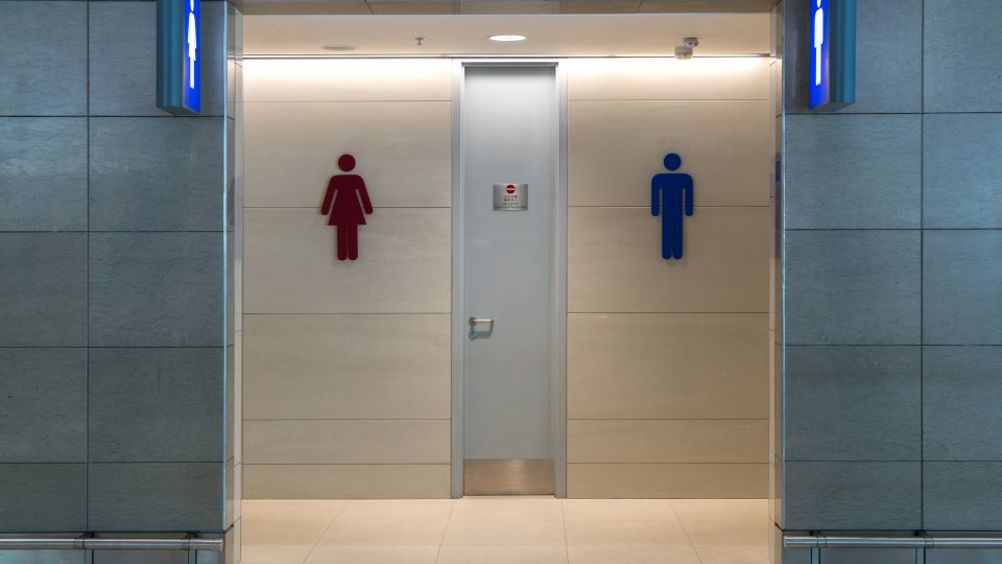Study calls for changes to public toilet design
Engineering methodology has been applied in a study at Loughborough University that is calling for changes to how public toilets are designed in a bid to safeguard public health.

The study looked at the contribution toilet plume particles play on cross-contamination in indoor environments and recommended that public toilets should be designed with antimicrobial surfaces, should optimise ventilation and should introduce timely disinfection protocols. In doing so, the spread of infections including of C. difficilе infection, influenza and Norovirus could be curtailed.
Researchers investigated the factors contributing to increased bioaerosol exposure following flushing and developed a realistic model for predicting when and where there is a greater risk of spreading airborne disease.
In a statement, Elizabeth Paddy, a doctoral researcher from the University’s School of Architecture, Building and Civil Engineering, said: “When a toilet is used and flushed, the turbulence caused by the mixture of water and waste in the toilet bowl creates a plume. This releases tiny droplets into the air called bioaerosols – which can contain bacteria, viruses and other microorganisms. Depending on the nature of organisms, the bioaerosols can stay in the air for a while, and they can be inhaled by people using the toilet or, alternatively, they can settle on surfaces that people then touch. People who have poor hand washing habits can go on to ingest them, and then this potentially leads to the spread of diseases.
Register now to continue reading
Thanks for visiting The Engineer. You’ve now reached your monthly limit of news stories. Register for free to unlock unlimited access to all of our news coverage, as well as premium content including opinion, in-depth features and special reports.
Benefits of registering
-
In-depth insights and coverage of key emerging trends
-
Unrestricted access to special reports throughout the year
-
Daily technology news delivered straight to your inbox










Water Sector Talent Exodus Could Cripple The Sector
Maybe if things are essential for the running of a country and we want to pay a fair price we should be running these utilities on a not for profit...